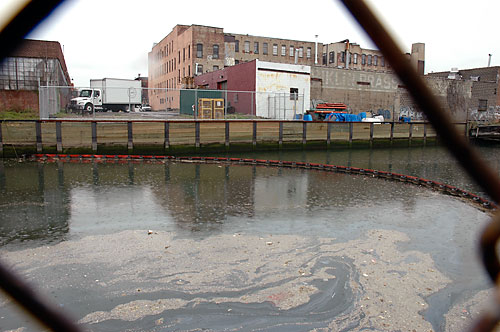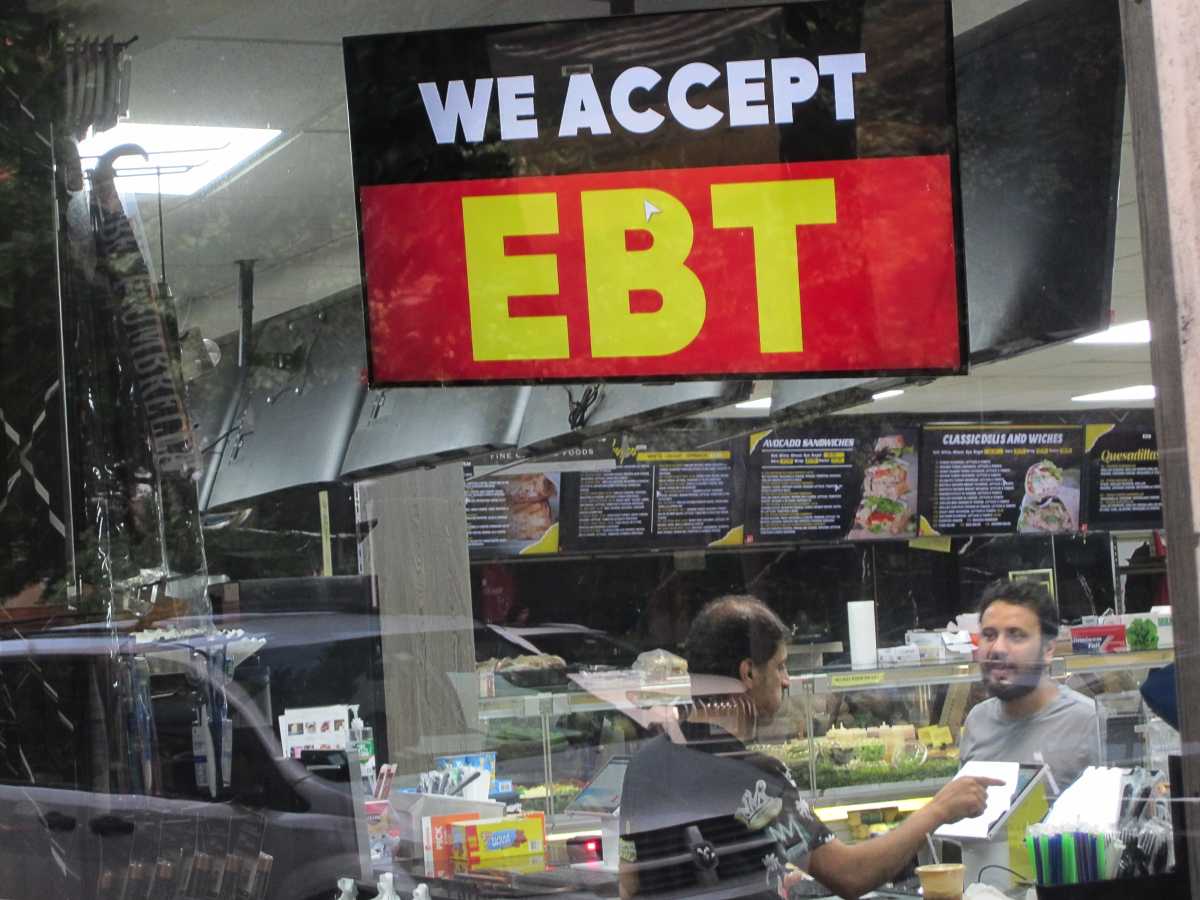The Environmental Protection Agency’s decision to declare the Gowanus Canal a federal Superfund site is welcome news for all of us who support a clean environment and development in the future Venice of New York.
But the announcement of the 10-year, $500-million, federally overseen clean-up could not be received without a little sadness.
Yes, everyone in Brooklyn has long known that the canal is a toxic cesspool, but having the waterway officially dubbed a Superfund site links it in history to some of the worst places in the country.
Horseshoe Road. The Upper Hudson River. Love Canal. The Gowanus Canal. That’s some pretty sobering company.
What is even more anxiety-provoking is the magnitude of the 12-year, $500-million job ahead. Yes, it is certainly a good thing that the Gowanus is now on the national environmental agenda. But tremendous hurdles remain before the waterway is actually clean.
For one thing, there’s the cost. Despite its name, Superfund is not a pool of money from which the EPA can start writing clean-up checks. Yes, the agency has lined up nine polluters that will be soaked for the costs, but that process is lengthy and not always successful. And one of the identified polluters is the City of New York, meaning that local taxpayers will bear some of the cost of the remediation.
Beyond that, EPA officials say it will take years before they can even determine the best way to clean the canal, plus another five (yeah, right) to actually do the work. Each step in that process is fraught with possible delays.
In the best-case scenario the canal will be made cleaner than it has been since it was first dug — and almost immediately befouled — in the 1850s. But while all this EPA-overseen work is going on, millions of gallons of raw sewage will continue to be dumped into the canal on rainy days, thanks to the city’s antiquated sewer systems.
The EPA is confident that the city and state will fix that problem, but it will cost billions — money that has not been fully allocated. The city and state has punted on that responsibility for years.
We have argued that the fastest way to push the city and state to do the right thing would be to encourage residential development along the canal, thus creating a constituency that would demand change. The Superfund declaration this week ended that possibility — putting the Obama Administration under even more pressure to get this thing right.





















